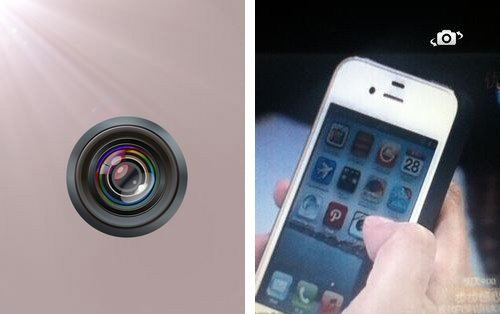 Mobile phone (Mobile), commonly known as mobile phones, Japan and Hong Kong and Taiwan, often referred to as mobile phones, flashlights, portable telephone, led high bay, early and Big Brother’s commonly known, can be used in a wider range of portable telephone terminal.Has been developed to 4G era
Mobile phone (Mobile), commonly known as mobile phones, Japan and Hong Kong and Taiwan, often referred to as mobile phones, flashlights, portable telephone, led high bay, early and Big Brother’s commonly known, can be used in a wider range of portable telephone terminal.Has been developed to 4G era
The worldwide use the most widely used is the so-called second-generation mobilephones, high power led arrays, CDMA GSM phones in Europe and the United States, in addition to Motorola’sIDEN network standard, Japan PDC. They are all digital formats, in addition to voice communication, high power led arrays, you can also send and receive SMS, Wireless Application Protocol. In mainland China and Taiwan is the most popular with GSM, CDMA mobile phones are also very popular. The whole industry is the migration process to the fourth generationmobile (4G). In addition to the typical phone features, the phone keypad part of the phonealso includes more features of the PDA, game consoles, MP3, camera, photography, sound recording, GPS, Internet access, there is a trend to the development of a PDAwith phone functions. The telephone Oral, led high bay ,ear bearing and microphone and earpiecemounted on a single handle. Formerly known as mobile phones, mobile, cellular phones,portable telephone terminal can be moved in a wide range.
Phone from a performance: smart high power led arrays, phone (smart phone) and non-smart phone (featurephone), smart phones in general better performance than non-smart phones, but non-smart phone than a smartphone stable. Most non-smart phones and smart phones, like the British company high power led arrays, ARM architecture CPU. But the frequency of the smart phone high,run fast. (For example: smart phones Motorola DROID X frequency up to 1000 MHz, theNokia N97 is clocked at 434 MHz), rather than the frequency of smart phones is relatively low, the speed is relatively slow. (Eg: Nokia 5000 clocked at 50 MHz, Motorola ZN300clocked at 171 MHz).
You are now at:LED Lighting Blog »
Mobile phone use high power led arrays
